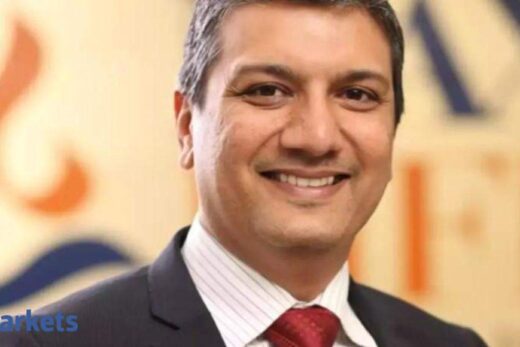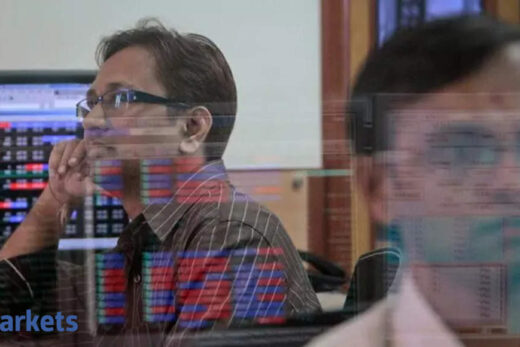You have always given the simple message, stick to your asset allocation in fear and in greed. 80% of wealth is created by right asset allocation. Be a disciplined investor, ignore the noise and short term volatility, in the long term, equity and right asset allocation will help you reach your financial goals.
When there is fear, then one must consider investment. When there is greed, of course one needs to be cautious. There is absolutely no question about that. Building a portfolio for the longer term will ultimately create wealth and mutual funds have been doing that quite consistently.
I am extremely proud to be part of the mutual fund industry and also extremely proud to be part of the Association of Mutual Funds of India and support the industry for overall growth that can add to the country and also serve the large pool of growing investors’ needs in the country.
ET Now: There is a trend towards SIPs. Indians are taking a leap of faith in putting their savings into a growth asset like equities. Is the trend here to stay or is this SIP culture a bull market phenomenon?
A Balasubramanian: The SIP way of investing has now become a part and parcel of everyone’s thinking. Sometimes I do a joke or hear from people that a set of people who have made investments in mutual funds will probably scratch their heads and say let me just think through or check my portfolio.The moment you ask the same set of people have you made investments in SIP, the answer would probably be yes. That is why SIP is now a way of life for investors in the country.
When I was the AMFI chairman in 2016-17, we launched the Mutual Fund Sahi Hai as a campaign. Clearly it has created inroads in the Indian investors and savers’ mind about mutual funds and has made a huge impact in terms of SIPs. As the book size is growing and there is a large pool of investors, almost 50% of folios would have come through the SIP as a book. This has now created a huge counter force to the dependence on foreign investors that we used to have.
Definitely, there is still a long way to go given that the number of underserved people in the country remains very large from the point of view of investment.
On the other hand, given that one does not have to restrict their mutual fund holdings just to Indian markets, there are a lot of avenues for getting exposure in US equities as well. We are on the cusp of perhaps a taper tantrum and the interest rate trajectory changing. How much exposure should investors have to global equities, particularly US equities in their portfolios?
Most of the investors in India are first of all not exposed in Indian equities itself. So my recommendation is every investor in the country should have exposure to equity through mutual fund schemes. If somebody has got that exposure, definitely they can look at diversifying by investing outside India.
I would assume that about 10-15% of asset allocation could go towards the US market. Now the US market has seen 10 years of bull market and has not seen any particular year of extreme volatility. It has been a one-sided movement. We also must keep this in mind that the market will not always be the same and will go through ups and downs.
The interest rates are low and therefore people are looking for alternative opportunities. We must also remember that the other way round also can happen and when inflation shoots up and growth starts coming back in a hurry and the job market picks up quite nicely, then the central bankers would start the unwinding process which probably will happen before 2023. Their unwinding process will also be equally painful. Therefore the time that we keep for investment I think would be key.
But specific to your question, definitely if somebody is already exposed to India, they can have about 10% to 15% exposure in the US market given that US markets represent the world and whatever happens in the world also reflects in the various companies’ performance in the form they sell their product in and outside the US. Therefore you get to participate in Google, Facebook for their growth in India.
I hope you are also behaving like the consumer is back and investing because we keep talking about that here too.
In the last two-three weeks, there has been an increased level of activities in the economy. Whether it is the consumer behaviour changing, travel behaviour changing, going out to dine — all has picked up quite aggressively. In the next two-three months, this will remain a big activity. I will not be surprised if by the end of December, the Government of India gets the benefit of a big pickup in the GST collection which has shown a good number recently.



